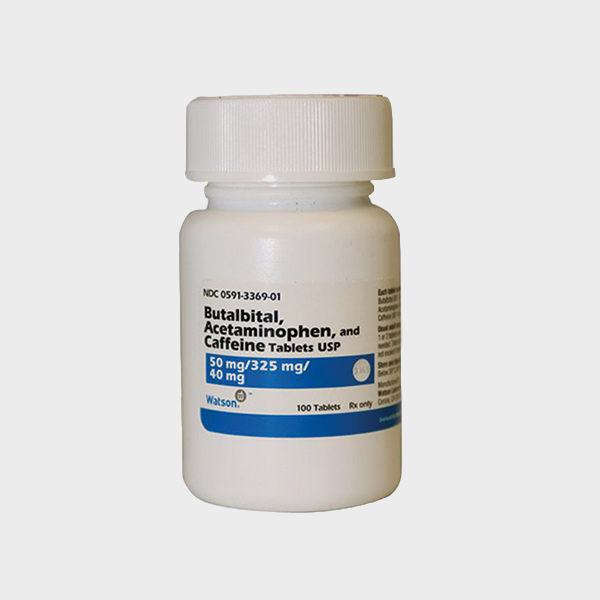

Nausea, vomiting, abdominal pain, constipation, dry mouth, shaking (tremor), shortness of breath, increased urination, lightheadedness, dizziness, drowsiness, or trouble sleeping may occur. Your doctor may need to change your medication and/or add a separate medication to prevent the headaches. Tell your doctor if you notice increased use of this medication, a worsening of headaches, an increase in the number of headaches, the medication not working as well, or use of this medication for more than 2 headache episodes a week. Ask your doctor or pharmacist for more details. Take this medication exactly as prescribed to lower the risk of addiction. This risk may be higher if you have a substance use disorder (such as overuse of or addiction to drugs/alcohol). Though it helps many people, this medication may sometimes cause addiction. Tell your doctor or pharmacist right away if you have withdrawal. Withdrawal is more likely if you have used this medication for a long time or in high doses. To help prevent withdrawal, your doctor may lower your dose slowly. If you suddenly stop using this medication, you may have withdrawal symptoms (such as nausea/vomiting, mental/mood changes, seizures). If you wait until the headache has worsened, the medication may not work as well. This medication works best if it is used as the first signs of a headache occur. The dosage is based on your medical condition, age, and response to treatment. Do not use a household spoon because you may not get the correct dose. If you are using the liquid form of this medication, carefully measure the dose using a special measuring device/spoon. Take this medication by mouth with or without food as directed by your doctor, usually every 4 hours as needed. Overdose symptoms may include nausea, vomiting, loss of appetite, sweating, stomach/abdominal pain, extreme tiredness, yellowing eyes/skin, and dark urine.ĭaily alcohol use, especially when combined with acetaminophen, may damage your liver. Get medical help right away if you take too much acetaminophen (overdose), even if you feel well. Check the labels on all your medicines to see if they contain acetaminophen, and ask your pharmacist if you are unsure. Acetaminophen is in many nonprescription and prescription medications (such as pain/fever drugs or cough-and-cold products). Ask your doctor or pharmacist how much acetaminophen is safe to take.ĭo not use with any other drug containing acetaminophen without asking your doctor or pharmacist first. People with liver problems and children should take less acetaminophen. Adults should not take more than 4000 milligrams (4 grams) of acetaminophen a day. Taking too much acetaminophen may cause serious (possibly fatal) liver disease.

One ingredient in this product is acetaminophen.


 0 kommentar(er)
0 kommentar(er)
